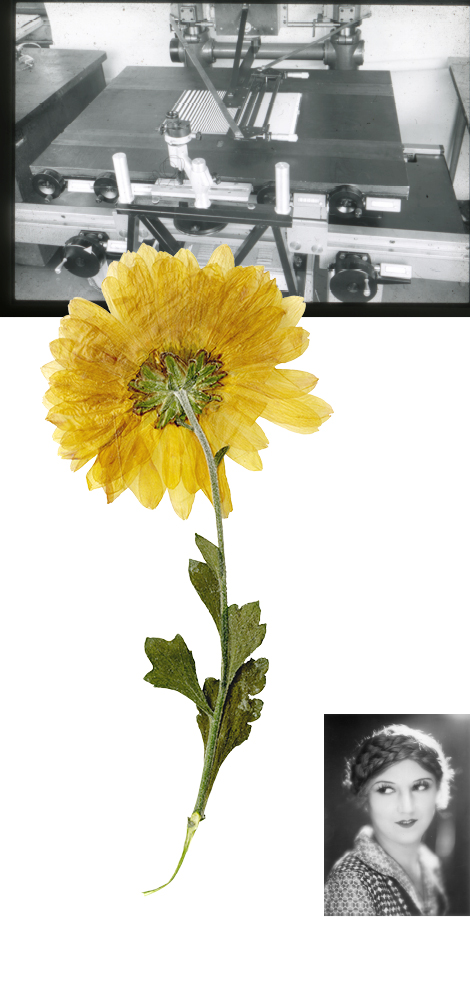Digitalization
One of the fundamental missions of the Národní filmový archiv, Prague is to preserve awareness of our film heritage among the general public, not only sustaining it for coming generations, but also providing contemporary generations with access to it. With regard to today’s technological conditions, this can be done primarily through digitization.
The NFA is digitizing for the purpose of providing access to its archives. Digitized films can never replace original, historic material, just as even the best photographic reproduction of a painting can never replace the exhibited gallery piece. It does, however, allow them to be shared with contemporary viewers on a wide range of platforms – in digitized cinemas, on DVD or Blu-ray, through VOD or on TV broadcasts.
Digitization is preceded by detailed inspection of the available film material and meticulous selection to decide both the source material for digitization and the reference material which will be processed as data in a digital environment. We contact the creators of more recent films as well as those who worked on them, recording and using their testimony, gathered according to the practices of oral history, as valuable source material. Wide-ranging studies of written collections in NFA and other archives are focused on individual films, the conditions under which they were produced, laboratory processing and promotion. Research, interviews and studies are crucial to the restoration team, enabling them to make decisions on selected procedures and the final appearance of the digitized motion picture.
The digitization and digital restoration of ten films took place from the beginning of April 2015 to the end of March 2016 in the laboratories of Magyar Filmlabor, affiliated with Magyar Nemzeti Filmalap, the Hungarian Fund for Cinematography, since 2013. The supplier was selected on the basis of a public tender in which five companies from the Czech Republic, Slovakia, Italy, Germany and Hungary participated. Emphasized were the technical equipment and reference projects of individual applicants – only studios that verifiably offered the highest quality service could apply. Aside from a wealth of experience in the digitization of historic material, a safe work environment and equipment for working with nitrate, highly flammable film and archival material in general, extensive experience from all workers who would be dealing with the film was required. Specific demands were placed on the equipment to be used – it must be of high professional quality, adapted for work with historic film which may have shrunk or have damaged perforation.
Primarily due to CESNET’s involvement in the project, NFA workers will be able to direct, monitor and document the entire process of digitization using a remote collaboration system; they will conduct regular inspections and consultation visits to Budapest. Detailed documentation is one of three principals integral to caring for tangible cultural heritage – in addition to taking only steps that may be later reversed and not jeopardizing the integrity and further survival of the original materials. The latter two points are ensured by the process of digitization itself which, albeit, makes use of the original materials (extracting information from them and subsequently working with it in a digital environment), but does so with the utmost care, impacting them minimally.
